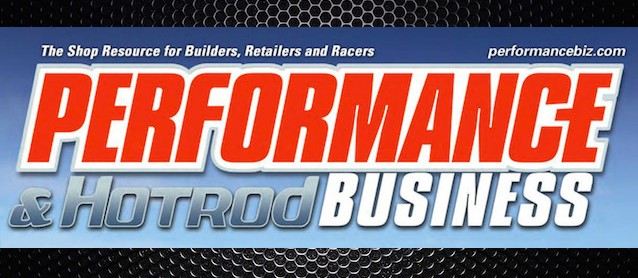Late last year Performance & Hotrod Business magazine announced that Harry Weimann, former trimmer-turned-director of operations at WyoTech, would publish a series of articles in 2015 educating rookie trimmers about the ins and outs of our craft.
His first article, “Auto Upholstery 101,” outlined the basic tools and supplies every auto upholstery shop needs. His second article, “Auto Upholstery 101.2,” builds on that knowledge with important information about fabrics and other materials.
The piece covers a lot of ground — from how to order materials to measuring leather and even the different types of vinyl available. Below is an excerpt from the article:
When buying materials for a job you need to first know how to order material and how materials are measured. Typical rolled good materials are ordered by the yard; these would be vinyl, cloths and velours.
There are others, but these are the most common. A yard in upholstery terms is 36 inches in length and typical materials come 54 inches wide—or a yard and a half wide for auto upholstery applications.
Depending on the material and the company that manufactures it, widths can vary some. I’ve seen widths of 60 inches in some cases.
Another fact that you need to know about most cloths is that some will stretch side-to-side and corner-to-corner—or what is referred to as the material bias—but more than likely the material will not stretch length-wise.
Make sure you take into account that most materials do have a nap or material direction. The nap direction is normally indicated on the backing of the material with an arrow. What this arrow indicates is that when you rub your hand in the direction of the arrow on the material, the nap will smooth out; if you rub the material the opposite direction, it will typically raise the material nap upward.
When installing material on panels, the nap direction should be down (the arrow will point towards the bottom of the panel). On seats, the backrest nap should point down toward the seat base and on the seat base the arrow should typically point to the rear of the seat.
Rookies to the craft of auto upholstery will definitely find these articles interesting and helpful — so make sure you assign them to new employees and apprentices. Hopefully, the series will also inspire new folks to take up the craft.
To read the full article, skip to page 70 in this digital copy of Performance & Hotrod Business magazine.

Recent Comments